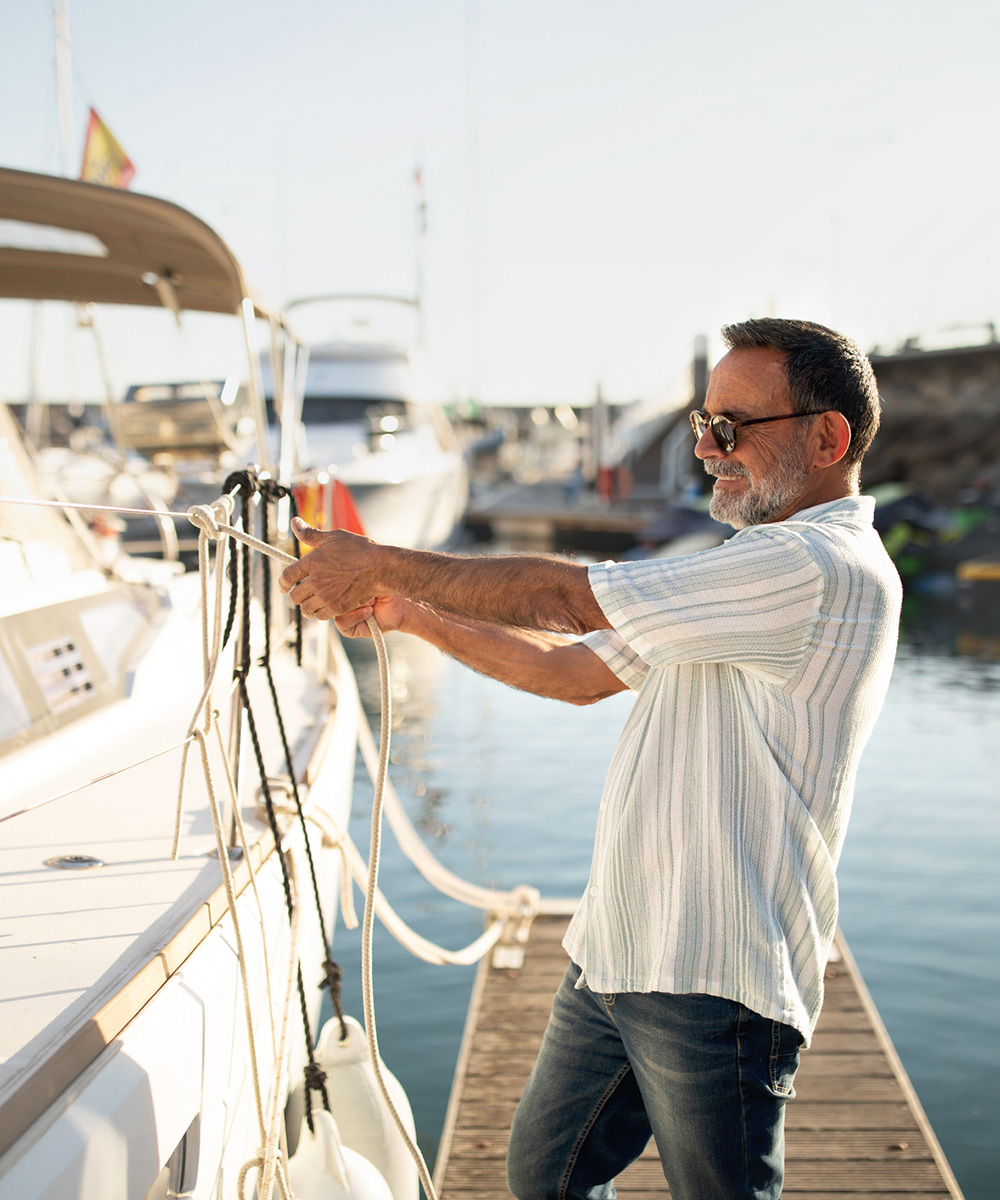The consumer boating industry has always had its own rhythm, but the last few years have felt more like riding out a series of unpredictable swells. Pandemic-driven supply chain disruptions collided with a surge in consumer demand as people sought safe, outdoor escapes. Suddenly, boat showrooms were empty, waitlists were long, and buyers were settling for whatever was available – sometimes waiting months for products that didn’t even check all their boxes.
That wave of demand carried the industry through several strong seasons. But, as with any good run, the tide eventually turned. By 2024, the market showed signs of correction, with sales of new boats and personal watercraft (PWCs) dipping by 9.5%, according to the National Marine Manufacturers Association (NMMA).
Now, in the second quarter of 2025, we’re navigating a more stabilized but challenging environment. Here are three critical areas to watch as the industry charts its course forward.
1. Market Dynamics & Sales Trends
If you’ve picked up a newspaper or scrolled through any news feed lately, one word is hard to miss: tariffs. While the headlines shift daily, the underlying reality remains—uncertainty around tariffs continues to ripple through the consumer boating industry.
Even though most boats and PWCs are built here in the U.S., critical components and materials come from abroad. As tariffs fluctuate, so do production costs, and those increases inevitably show up on the showroom floor.
Layer in persistent inflation and tighter household budgets, and you have a market where consumers are more price-sensitive and cautious about making big-ticket purchases. The pandemic-fueled buying spree is in the rearview mirror, and with higher prices and economic uncertainty, further softening of sales is possible before the market finds its new normal.
Manufacturers and dealers need to be nimble, focusing on pricing strategies that deliver real value while keeping an eye on long-term demand shifts.
2. Innovation & Sustainability
The boating industry may not be launching fully autonomous vessels just yet, but the waves of innovation are undeniable. Like their counterparts in the auto industry, boat manufacturers are bringing smarter technology to market that makes time on the water safer, easier, and more enjoyable.
Advanced systems are helping captains dock with precision and even hold a boat’s position over a favorite fishing spot—no anchor required. And the rise of the “connected boat” is no longer a futuristic concept. From wearable devices that alert captains if someone goes overboard to mobile apps that monitor everything from battery life to GPS location, today’s boaters have access to technology that adds peace of mind and convenience.
On the sustainability front, while electrification isn’t making waves at the same pace as in the automotive world, it’s starting to gain traction. Fully electric outboards, hybrid propulsion systems, and alternative low-carbon fuels are on the market, helping to reduce the industry’s environmental footprint.
And it’s not just about emissions. Some boaters are turning to jet propulsion systems over traditional propellers, prioritizing safety for marine wildlife and their own families.
Innovation is no longer a nice-to-have in this industry. It’s a critical lever for meeting evolving consumer expectations and addressing environmental concerns.
3. Industry Infrastructure & Accessibility
If you’ve ever tried to find a slip for a new boat or waited in line at a boat launch on a sunny Saturday, you know firsthand: the industry’s infrastructure is feeling the strain.
New marina developments are few and far between, and aging facilities are struggling to keep up with increased demand. The Covid-era boom in boat ownership pushed existing infrastructure to its limits, with some buyers even letting the availability of slips dictate what size boat they purchased. Those trailering their boats or PWCs aren’t faring much better. Many report that long drives to launch sites and long waits once they arrive are cutting down how often they actually get on the water.
In response, alternative models are gaining steam. Boat clubs, rental services, and sharing platforms are opening up the boating lifestyle to those who want flexibility without the full commitment of ownership.
Industry leaders are taking note. Many have moved quickly to acquire smaller boat clubs, marinas, and rental businesses, expanding their reach and creating new opportunities to introduce consumers to the boating lifestyle. It’s a strategic move that not only addresses access challenges but also creates long-term marketing and brand loyalty opportunities.
The Next Chapter for Boating
Every industry has its defining moments, and for consumer boating, 2025 may well be one of them. While the market has steadied after years of unprecedented highs and rapid shifts, new challenges and opportunities continue to surface.
Whether it’s rethinking how consumers access the water, embracing the next wave of technology, or making strategic decisions in a volatile economy, the choices made now will shape the future of the industry for years to come.
And as anyone who’s spent time at the helm knows…it’s not about avoiding rough waters, but about reading the conditions and adjusting course with confidence.
About KS&R
KS&R is a nationally recognized strategic consultancy and marketing research firm that provides clients with timely, fact-based insights and actionable solutions through industry-centered expertise. Specializing in Technology, Business Services, Telecom, Entertainment & Recreation, Healthcare, Retail & E-Commerce, and Transportation & Logistics verticals, KS&R empowers companies globally to make smarter business decisions. For more information, please visit www.ksrinc.com.


